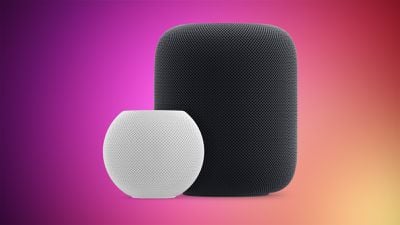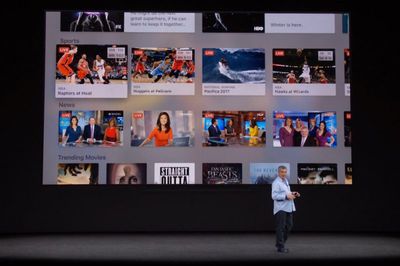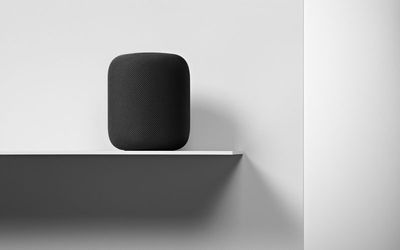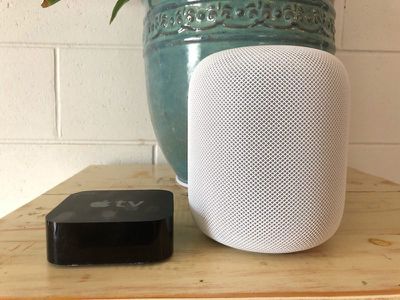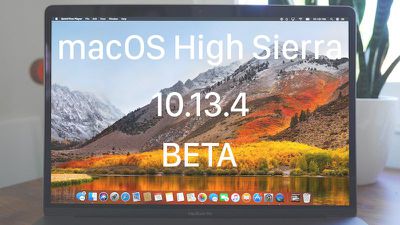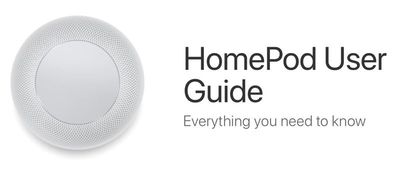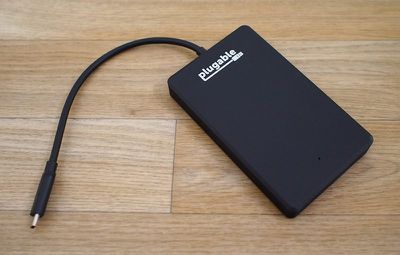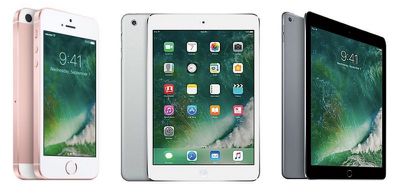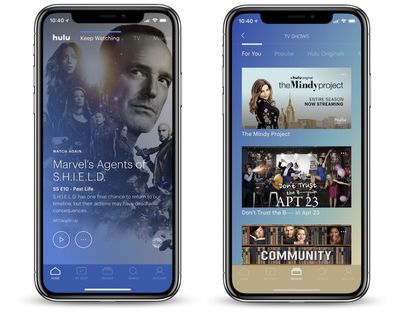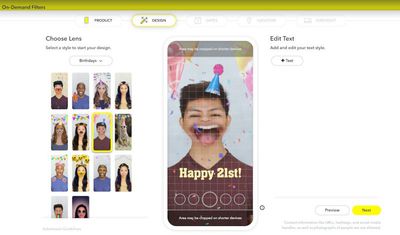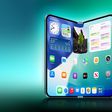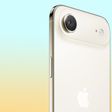DirecTV Now has updated its Apple TV 4K deal today with an even lower price point: if you prepay for just three months of the streaming TV service for a total of about $105, you'll get the 32GB Apple TV 4K at no cost. The deal is an improvement on the original DirecTV Now offer of prepaying for four months of the $35/month service (that's the entry price point), which ended up costing $140 for the 32GB Apple TV 4K.
This makes DirecTV Now's deal the best sale price currently available online for the Apple TV 4K, with the $105 price tag up to $75 cheaper than the device's current going rate of about $170 to $180 at retailers like B&H Photo and Best Buy. You could also opt for the higher cost packages of DirecTV Now when prepaying for three months, with the service increasing to $50/month, $60/month, and $70/month for additional channels.
 Note: MacRumors is an affiliate partner with these vendors. When you click a link and make a purchase, we may receive a small payment, which helps us keep the site running.
Note: MacRumors is an affiliate partner with these vendors. When you click a link and make a purchase, we may receive a small payment, which helps us keep the site running.
Once ordered, the Apple TV 4K arrives in the mail within a few weeks, and if you don't want to continue to pay for DirecTV Now at the end of the three-month prepaid period, you can cancel it before you're billed again and keep the Apple TV 4K. The offer is limited to new DirecTV Now subscribers in the United States, but existing customers can take advantage of it by using a different email address. There's also a limit of one offer per DirecTV Now account and two per shipping address.
Below you'll find more of the fine print on the refined deal:
4K Apple TV (32 GB): Must prepay first three months of service at full price. Online orders will be shipped via FedEx ground to address provided. Allow 2-3 weeks for delivery. Offer limited to 1 per DIRECTV NOW account; 2 per shipping address. Not combinable with select offers. 4K HD not available with DIRECTV NOW.
The company notes on the updated page for the deal that it is a limited time offer and "won't last," suggesting that it could return to the normal four months of prepaid service fairly soon. If you're interested, head over to DirecTV Now's landing page for the deal, click "Redeem & Stream," and make sure to add the Apple TV 4K to your plan at no cost during the sign-up process.
For more information on discounts happening this week, visit our Deals Roundup.


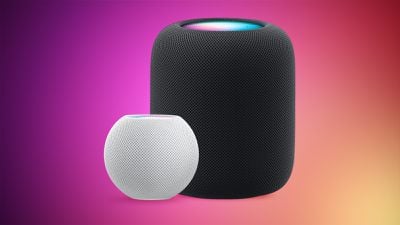
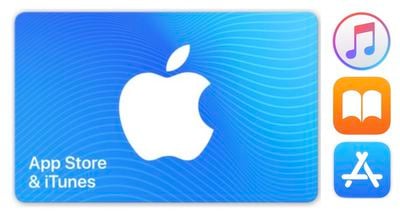 Note: MacRumors is an affiliate partner with these vendors. When you click a link and make a purchase, we may receive a small payment, which helps us keep the site running.
Note: MacRumors is an affiliate partner with these vendors. When you click a link and make a purchase, we may receive a small payment, which helps us keep the site running.
